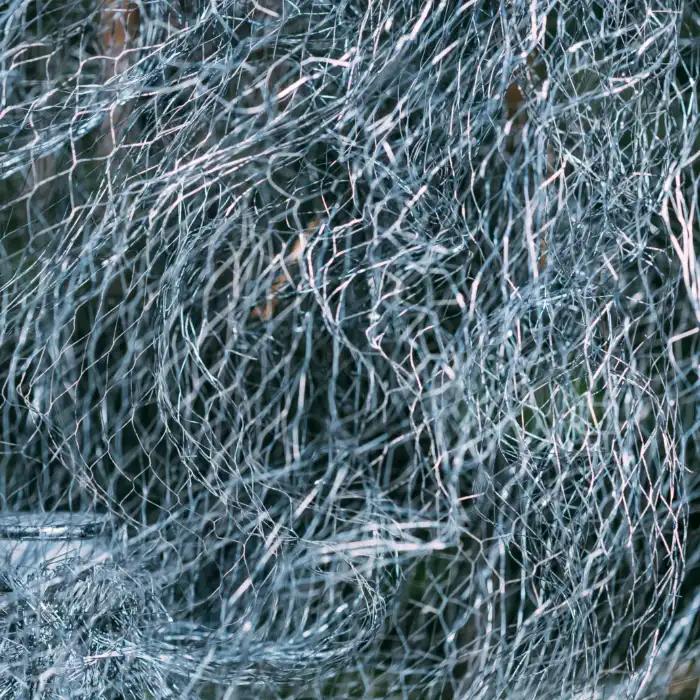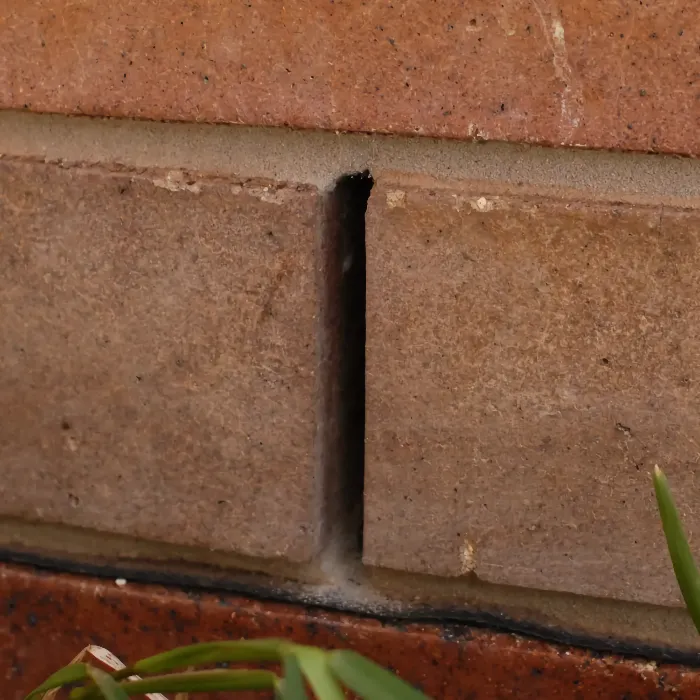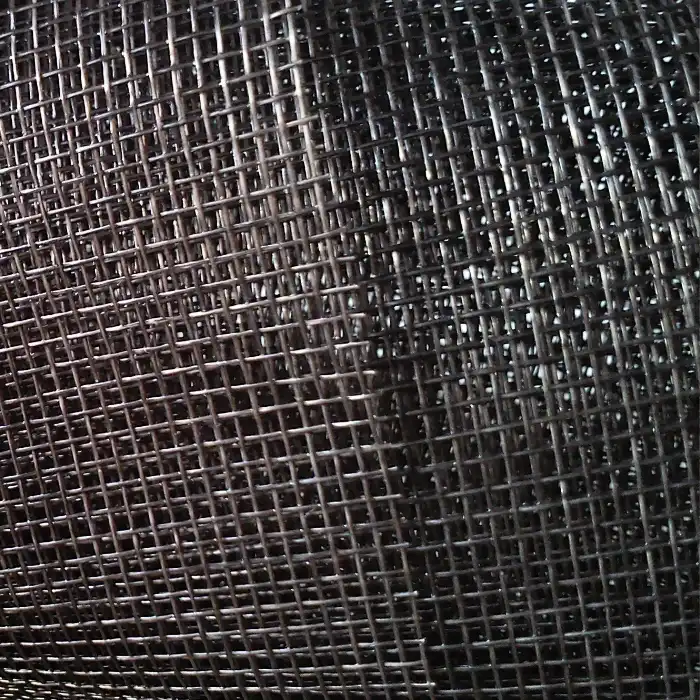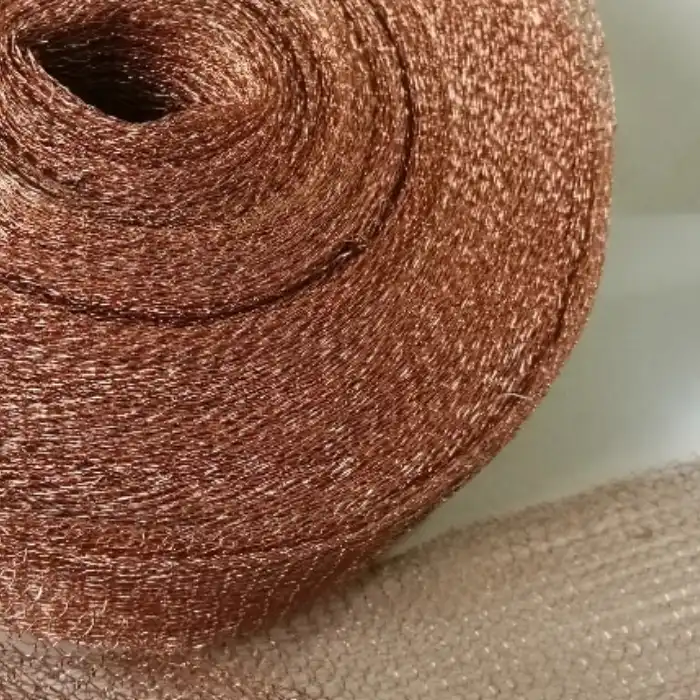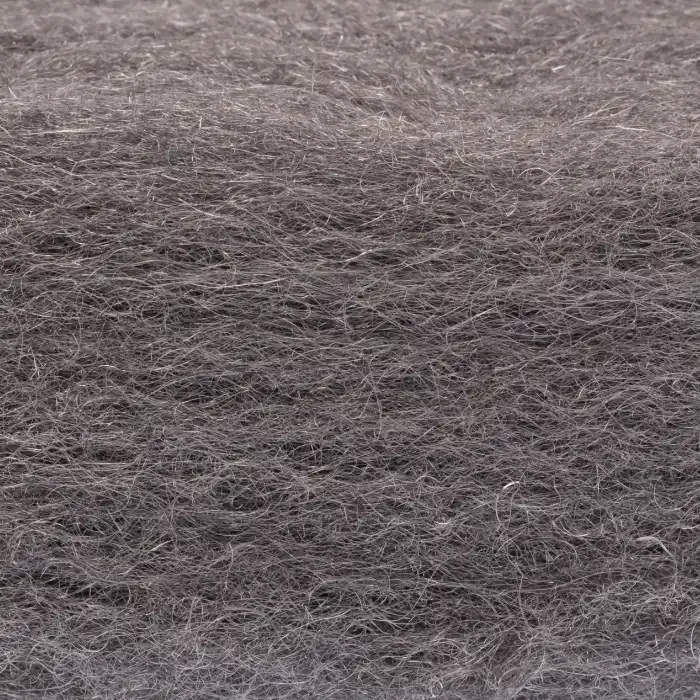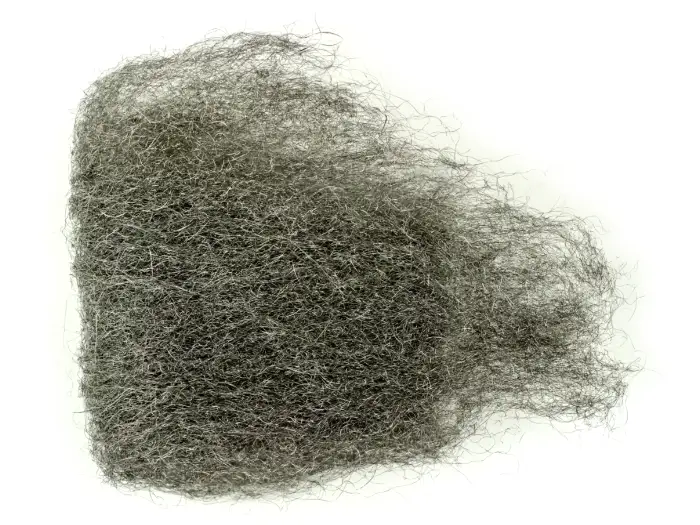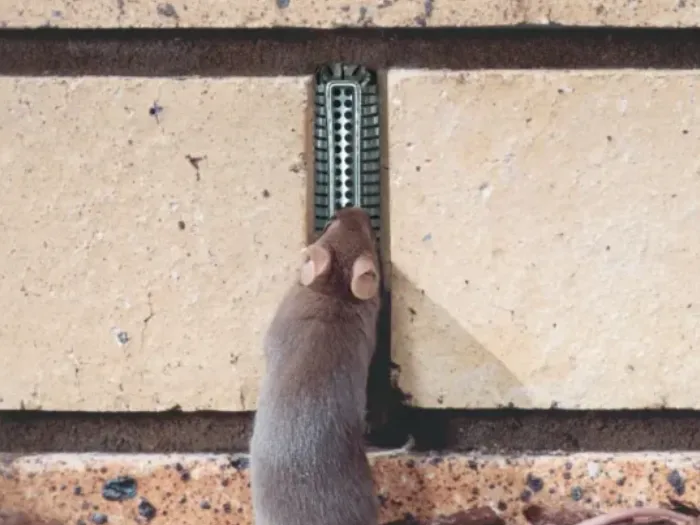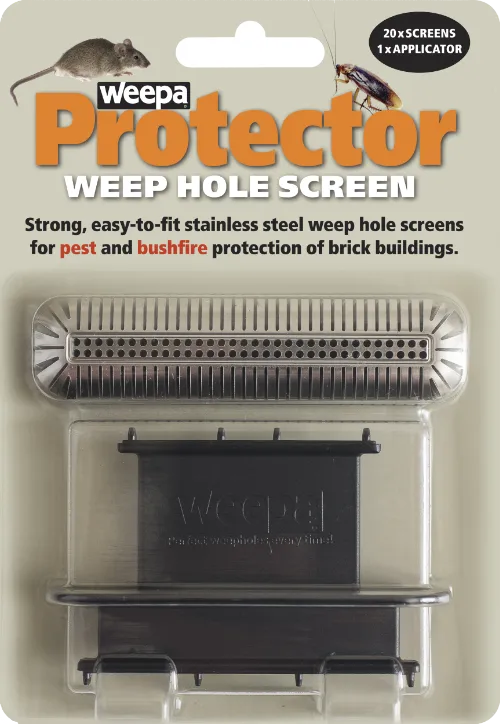The problem with weep hole mesh products.
Weep holes serve an important role in your home’s drainage and ventilation, but they can also provide pests such as mice and cockroaches an easy access point into your home.
Some weep hole mesh products promise to secure your home from these critters, but many are inferior when compared to a quality screen designed for covering weep holes in brick.
Wondering why? Let’s take a look at some of the problems with weep hole mesh products.
